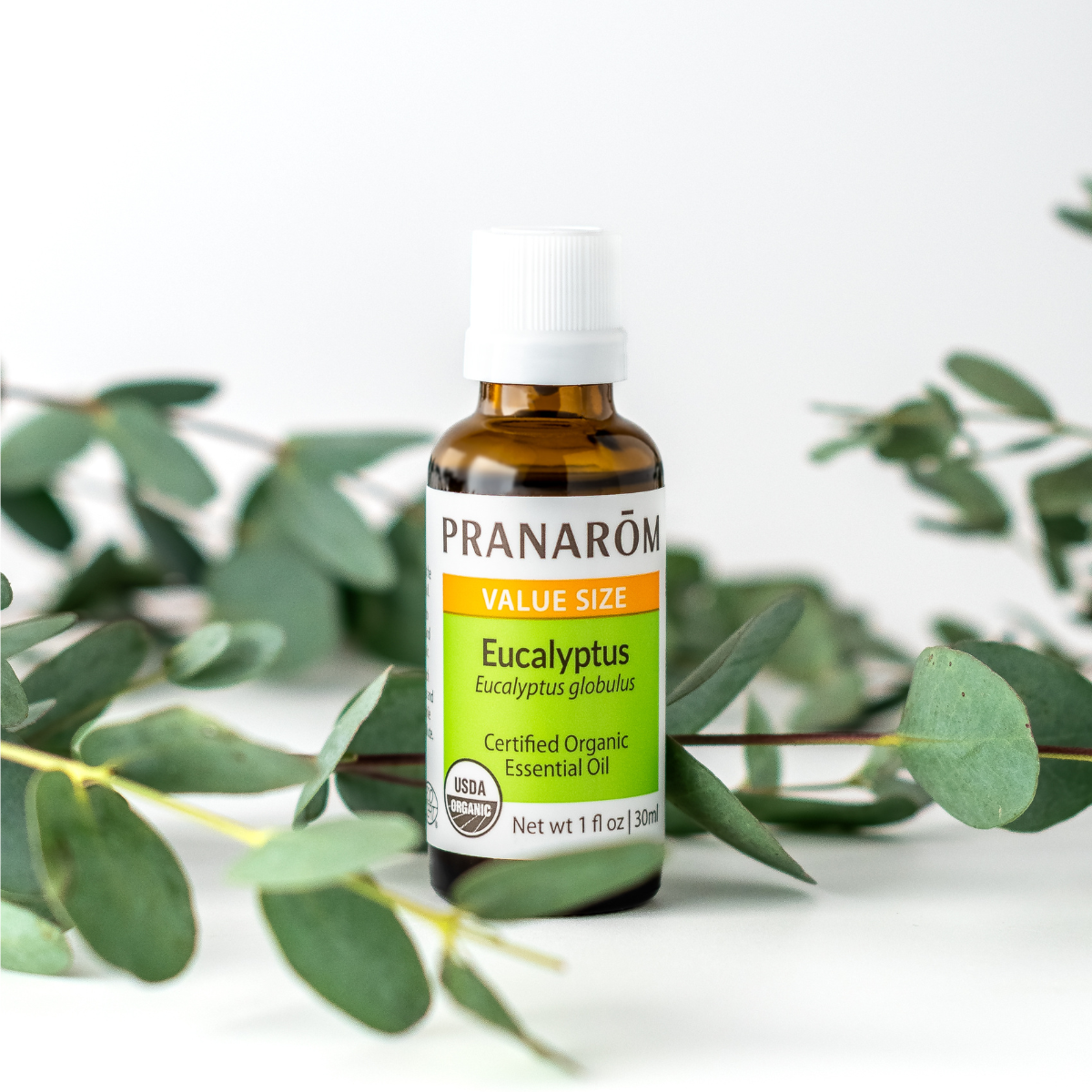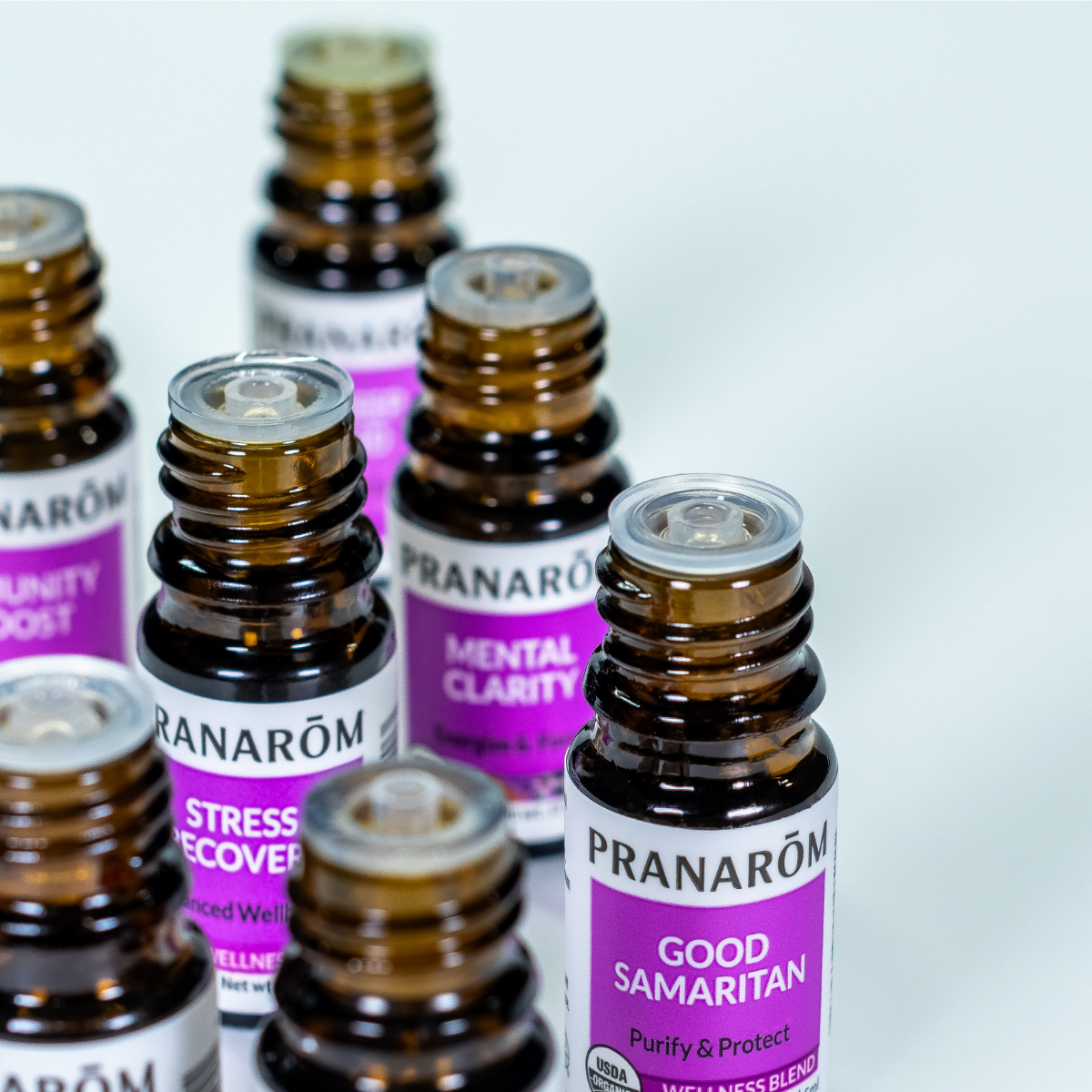Owning a pet offers many benefits to our emotional and physical health and in turn we invest greatly in the wellbeing of our animal companions. As we become more aware of and committed to natural remedies for our own health, naturally we consider caring for our pets in the same way.
With the growing popularity of essential oils there are an increasing number of personal stories being shared about the successes and dangers of using essential oils on pets. Professional opinions vary greatly regarding which essential oils to use with animals or if they should be used at all. Some even question whether trace elements of terpenes present in certain hydrosols might be unsafe for pets. When looking further, peer reviewed studies are limited and conflicting information abounds.
Most recommendations for essential oil use are intended for humans. Our anatomy and size differ considerably from most pets, so it is not safe to simply apply products formulated for humans on animals or to assume that suggested uses and doses on packaging are applicable to animals. Recommendations also vary between species, so what might be fine for one pet does not apply to all.
In general, animals have a heightened sensitivity to essential oils due to a more acute sense of smell than humans. Additionally, recent studies have shown that hair follicles enhance transdermal absorption, which indicates one should exercise caution when considering both diffusion/inhalation and topical applications for furry pets.
Cats lack a set of liver enzymes that metabolize and excrete all sorts of chemical compounds including salicin/salicylate present in birch and wintergreen essential oils and hydrocarbon and alcohol terpenes found in a variety of essential oils. Many respected veterinarians and animal aromatherapists advise against the use of the following essential oils for cats: cinnamon bark and leaf, clove, oregano, rosemary, tea tree, thyme, and wintergreen.
Other sources also caution against the use of citruses, evergreens, and resin based essential oils. Animal aromatherapist Kelly Holland Azzaro advises against the use of any essential oils with cats, whereas holistic veterinarian Melissa Shelton advocates for blood tests and urinalysis prior to and during treatment to ensure that essential oil treatments are not causing harm.
For dogs, anise, clove, juniper, oregano, tea tree, thyme, wintergreen, and yarrow are advised against. These lists are not exhaustive and there are distinct recommendations for other animals: horses, rabbits, reptiles and birds all have specific suggestions. Finally, like humans each animal is an individual and may have reactions to oils that are not on these lists.
If you choose to use essential oils on or around your pet, safe use involves the purity of the oil, an accurate assessment of the ailment, the appropriate oil, and the correct application.
Quality is important. Adulteration is common in essential oils and the only way to be certain you are purchasing pure (and pesticide free) essential oil is to buy certified organic oils. Currently ECOCERT is the most reputable certifying body with regulations for essential oils. The USDA allows ECOCERT certified oils to use the USDA Organic label so it is important to confirm that those oils bearing a USDA label have been inspected by ECOCERT.
Work with your veterinarian to accurately diagnose a pet’s ailment. Different maladies may have similar symptoms but require unique treatments. With the support of a veterinarian’s expertise and diagnostic tools you can be more certain of the health condition before deciding on a treatment. If you decide that essential oils should be part of the treatment plan, proceed with caution – ideally along with the support and guidance of an experienced animal aromatherapist or veterinarian.
Inhalation, diffusion, and topical are possible safe methods of application. When using essential oil therapies, a light application is best. Beginning with one drop (either neat, diffused, or in a carrier depending on the oil and the animal) will allow one to gauge an animal’s tolerance. When diffusing, ensure there is good ventilation, begin with just one drop for a limited time (20 minutes or less), and allow your pet to leave the room.
Observe your pet carefully following any type of application. Look for signs of irritation (such as sneezing, itching, or physical attempts to remove the oil) or toxicity (such as depression, weakness, vomiting, incoordination, and muscle tremors). If there is any adverse reaction stop using the oil. If you have diffused the oil, remove your pet from the space. If you have applied the oil topically, use a carrier oil such as olive oil to remove the essential oil – do not wash off with water. If you notice a positive result, remember more is not always better – if one drop works it does not necessarily mean increasing the dose will be more effective.
For further information, look to the following web and print resources:
http://www.holisticanimalassociation.com/
http://www.ashitherapy.com/
Biobliography:
Azzaro, Kelly Holland RA, CCAP, CBFP, LMT. “Animal Aromatherapy and Essential Oil Safety” National Association for Holistic Aromatherapy.
http://naha.org/
Shelton, Melissa. ADR: The Animal Desk Reference Essential Oils for Animals. Melissa Shelton DVM, 2012.
Tisserand, Robert. “Cats and Essential Oil Safety” Tisserand Institute. 10 Jan 2018. http://roberttisserand.com/2011/06/cats-essential-oil-safety/.
Worwood, Valerie Ann. The Complete Book of Essential Oils and Aromatherapy. New World Library, 1991.








